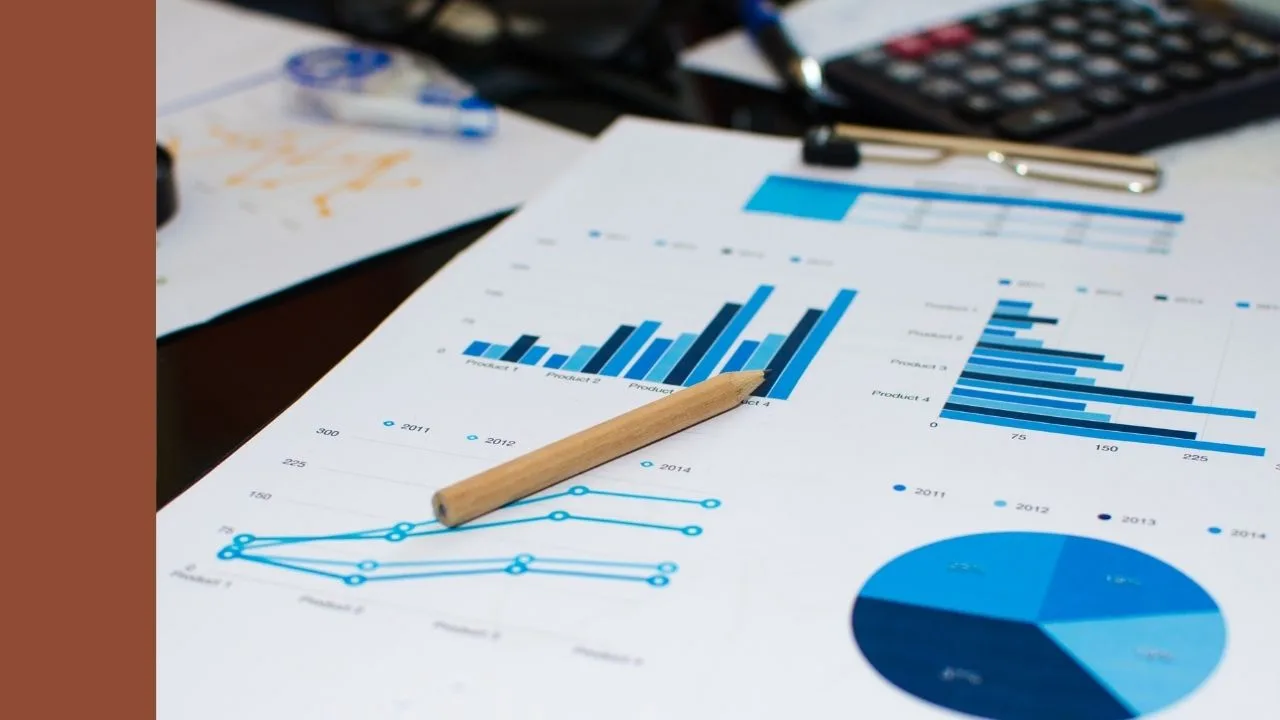I’m about to tell you why knowing what the Commonwealth Bank of Australia (ASX: CBA) share price is doing today, tomorrow or next week doesn’t bother me and why it shouldn’t bother you either.
My reasons might not be what you think…
Why Investors Love CBA Shares
Since its IPO on the ASX in the early 90s, CBA shares have gone on to be one of our country’s best share market investments. To put it in perspective when CBA shares listed on the ASX in 1991 they were priced at $5.40.
In the last 12 months, CBA has paid dividends equivalent to $4.31 per share. Including franking credits (see our explainer video below), this year’s dividends exceeded the original share price.
Imagine buying a share for $5.40 today and in years from now it pays you that amount in yearly dividends alone. It’s little wonder why retirees, former CBA employees who were given shares, and long-time investors have a soft spot for CBA.
Better still, CBA shares have climbed the ‘wall of worry’ for nearly three decades. In other words, despite TV pundit after TV pundit fearmongering with house price crashes, would-be recessions, wars and the GFC, CBA shares have still risen from $5.40 to over $80 today — a 14x return.
My only hope is investors from the early 90s still own them today.
Finally, let’s not forget the oft-quoted assumption that ‘Australian banks can’t fail’.
After all, that’s what the Bank Levy was for, right?
And, sure, if the country’s biggest bank fails we’ve got bigger things to worry about…
Unfortunately, while it’s true the Government would be forced to rescue CBA in a crisis that doesn’t translate to shareholders’ investment being saved by taxpayers. Far from it.
It’s more likely that an emergency Government stimulus would severely dilute existing shareholders and/or need to be repaid before any dividends can be passed back to investors. If CBA were to survive by leaning on the Government it would need to take a leaf from the ING Groep NV (NYSE: ING) playbook –shareholders wouldn’t want it to be the Deutsche Bank playbook!
Here’s What I Own Instead Of CBA
Currently, an investor could buy CBA shares at a price which would make the trailing dividend yield around 5.3%. It’s a fully franked dividend too — which means it’s more tempting at current interest rates.
Now, rather than bash on the banks or share my gloomy profit and dividend outlook for the Big Four over the next five years I’ll attempt to provide a better solution to the income ‘issue’ facing most Aussies today.
Thanks to the growth of Australian share ETFs — click here for the complete list of ASX ETFs — any ASX investor with a share brokerage account can buy into an ETF which provides virtually instant diversification to 100, 200 or 300 medium or blue-chip shares.
For example, the Australian shares ETF that I own for Rask Invest is the BetaShares Australia A200 ETF (ASX: A200). I think its annual fees and costs are extremely low. But let’s be real, it’s not the only one.
Whether an investor buys $1,000 or $100,000 worth, the fees for most good Aussie shares ETFs are so low I reckon they would barely notice the difference between A200 and the Vanguard Australia Shares Index Fund ETF (ASX: VAS), iShares Core S&P/ASX 200 ETF (ASX: IOZ) or SPDR S&P/ASX 200 Fund ETF (ASX: STW).
As of the end of June 2019, the top 200 shares included in the most popular indices paid an average trailing dividend yield of around 4%.
A ‘vanilla’ index fund ETF would have some exposure (maybe 30%) to the Australian banking sector but it wouldn’t have 100% of its money tied to the fate of one share. That’s how low-cost diversified ETFs can provide substantial benefits to income-focused investors.
Why This Matters
I want to make one thing clear: we’re not ‘pro-ETFs’ at Rask HQ.
We offer our high conviction research on ETFs and shares from the ASX and globally. For example, most of my investment money is tied up in individual ASX and global shares.
However, I do own two ETFs — the BetaShares 200 ETF and the VanEck Vectors Morningstar Wide Moat Focus ETF (ASX: MOAT).
I consider the MOAT ETF to be a “tactical” ETF whereas the A200 is one of my “core” holdings. The A200 ETF is the type of ETF I’d consider investing in for my parents, brother, sister or children. To be sure, MOAT isn’t like that.
I think both ETFs are High risk (just like CBA shares) but MOAT has a few more moving parts, uses an unhedged global strategy, is cross-listed and uses a ‘rules-based’ strategy. All-in-all, I feel like I need to pay closer much attention to MOAT relative to A200 and I would invest less in it.
So You’re Not Passive?
If I’m an active investor who spends my days researching high conviction share ideas, why do I own an ETF like A200?
The answer is simple: dividend income.
I’m a growth investor as much as the next guy or gal but I like to have some income showing in my name come tax time.
And here’s the important part: I’d much rather get my dividend income from a diversified, low-cost ETF with growth potential than a single bank share heavily exposed to house prices.
I’d expect any Australian shares ETF to be thumped in a market crash just like CBA but over time I think it’ll be a much more consistent dividend payer for my portfolio.
Core + Tactical
The way I think about the Rask Invest model portfolio is pretty simple. I intend to compound my wealth at above-market rates for the next decade and more by investing in my own name. The problem for pure index fund investors, I think, is that the growth outlook seems pretty ordinary.
Now, you can call me crazy — but I’m not the only one…
For a balanced portfolio, Vanguard’s 2019 Investment Outlook suggested investors can expect a return between 4% and 6% per year over the next decade. That compares to the 11.1% achieved since 1970.
You: “only 4% to 6%!?”
Yep, it’s not rosy.
When we consider we’re talking about shares — which are meant to be risky — so much for high-risk-high-reward!
So what’s my solution?
In addition to a stable ‘core’ of growing blue chips and low-cost ETFs, I plan to crush the market return by selectively buying and holding the best growth shares and tactical ETFs I can find.
So far, the Rask Invest strategy has paid dividends for me — literally.
Cheers to our financial futures!
Owen
[ls_content_block id=”14947″ para=”paragraphs”]
Important disclosure: At the time of publishing, Owen owns shares/units of the BetaShares A200 ETF and the VanEck Morningstar Wide Moat Focus ETF. Owen, nor The Rask Group, has a commercial interest with any of ETF providers mentioned.



